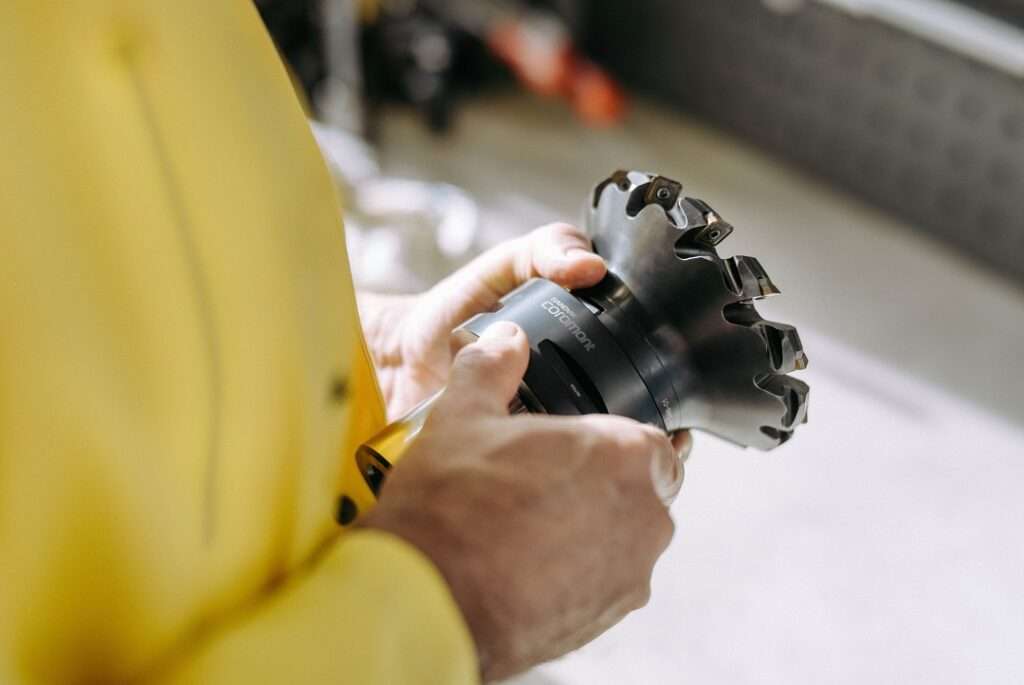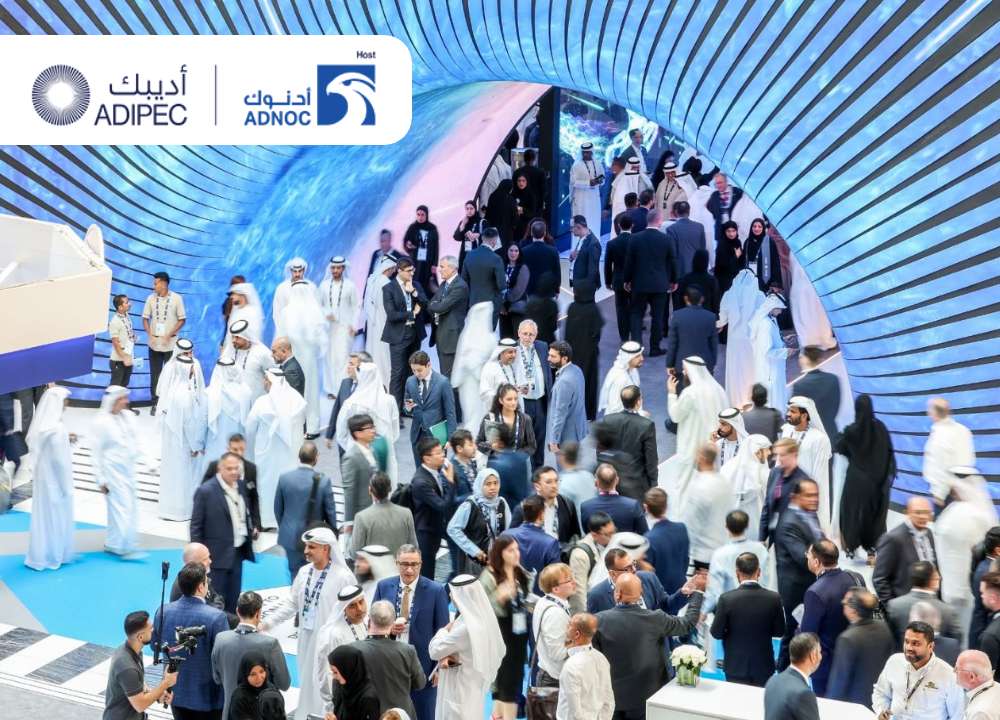Murata Manufacturing Co, Ltd has officially started the world’s first mass production of 47μF multilayer ceramic capacitors (MLCCs) in the 0402-inch size format (1.0 × 0.5 mm). Offered in two temperature-grade variants, the newly developed components aim to meet the increasing demand for compact, high-capacitance solutions suitable for high-performance electronics. These innovations are particularly valuable for applications such as AI servers, data centers, and other advanced IT systems where component density is high and available board space is limited.
Driven by the growing need for smaller components with greater capacitance and thermal stability, Murata has applied its proprietary advancements in ceramic materials and electrode miniaturization to deliver this breakthrough. The new 47μF MLCC in the 0402-inch size reduces the mounting area by approximately 60% compared to Murata’s 0603-inch version with the same capacitance. It also provides approximately double the capacitance of the previous 22μF product in the same size, offering an efficient solution for densely packed circuit boards.
The product is available in two variants: the X5R (EIA) GRM158R60E476ME01, with an operating temperature range of -55°C to +85°C, and the X6S (EIA) GRM158C80E476ME01, which supports operation in temperatures up to 105°C, making it ideal for placement near heat-generating components like integrated circuits. Both models feature a rated voltage of 2.5V DC and a ±20% capacitance tolerance, ensuring stability and reliability in demanding environments.
Murata remains focused on advancing technologies that support continued miniaturization and functional integration in the electronics sector. By improving capacitor performance while reducing size and material consumption, the company enhances manufacturing efficiency and contributes to environmental sustainability through lower energy usage and reduced waste at its production facilities.







